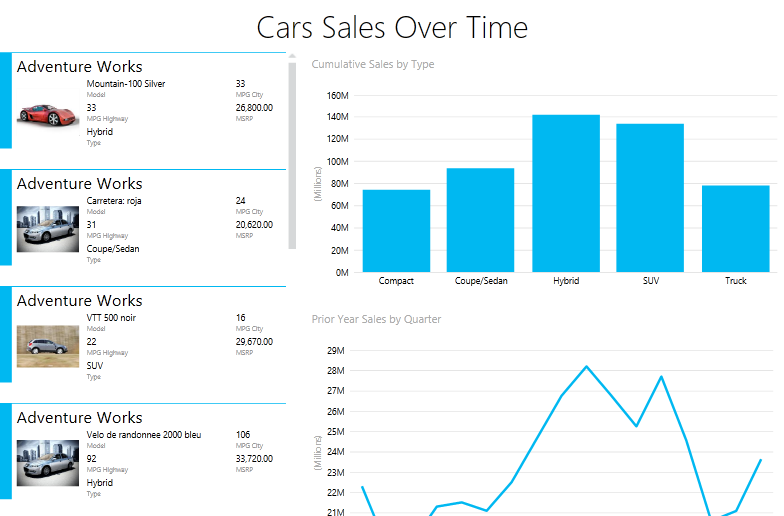Experiencing Business Intelligence First Hand
Business Intelligence (BI) and its parent, Big Data are top IT industry buzzwords. But what do they mean in practice? How do business people actually benefit from them?
In an attempt to bridge the gap between the hype and the reality, I spent a morning with Umair Waheed, a BI wizard at Microsoft, and a small group of business people to get some hands-on experience with Microsoft’s latest BI technology.
Finding the right balance
Microsoft is trying to reconcile two opposing forces. On the one hand, people are used to the freedom they get from Excel to build their own models and do their own analysis. They need the right data in the right format at the right time. On the other hand, the IT department wants to ensure that the data comes from well-managed systems and that it is accurate and properly integrated. It’s a balance between freedom and control.
What does this mean in the real world? One common example is spreadsheet proliferation. If you have a share drive filled with orphan spreadsheets with out of date information then you’ll know what happens when the balance tilts too far in the direction of employee freedom. On the other hand, if you can’t get a sales report without hiring a bunch of consultants to update your software and then waiting a month, then the balance has gone the other way.
The technology underlying Microsoft’s vision is SQL Server to crunch the data, SharePoint to share it, Excel, PowerPivot, PivotViewer and Power View for users to analyse it.
Real questions, Microsoft answers
Umair had set up a server and a network of HP laptops. Using this BI-in-a-box system and mock data for a typical mobile phone company, we were presented with a series of typical BI questions:
- How are different regions performing?
- Why is one region doing so much worse than the others?
- What phone plans are causing the underperformance?
- Why?
- Which cell phone base stations are costing us too much money?
- What phones were popular with 18-24 year olds?
- What’s our market share and how has it changed compared to the total market over the last ten years?
Roll up your sleeves
These are not technical or IT questions. They are everyday business questions. Using Microsoft software, we were able to find answers quickly.
PivotViewer is an amazing interactive tool for exploring large data sets. I was able to figure out which two plans were causing the southern region to underperform very quickly by searching for plans that were not meeting revenue and churn targets. It crunched millions of data points in real time.
PowerPivot in Excel has similar capabilities that let you quickly visualise and filter information from a large pool of data in SQL Server served up in a managed way via SharePoint.
We also played with a Bing mapping tool that let us visualise information on a map – in this case the location of different cell towers.
The coolest kid on the block was Power View. This makes it incredibly easy to build interactive dashboards using data from SQL Server and SharePoint (in this example car sales). The charts look good and you can export them, with live updates, to PowerPoint for presentations. What is particularly elegant about this technology is the ability to drill down into any of this data in response to questions during a presentation. It’s not a static graph – it’s a live window into real business data.
Next steps
- Visit Microsoft UK’s Enterprise site about BI: https://www.microsoft.com/en-gb/enterprise/it-trends/big-data-and-bi.aspx
- Check out short videos about BI on www.msbiacademy.com
- Download PowerPivot: https://www.microsoft.com/en-us/bi/powerpivot.aspx
- Download PivotViewer: https://www.microsoft.com/en-gb/download/details.aspx?id=17747
- Find out more about Power View: https://www.microsoft.com/en-us/bi/Products/PowerView.aspx
by Matthew Stibbe is CEO of Articulate Marketing



